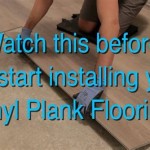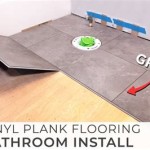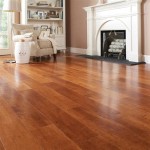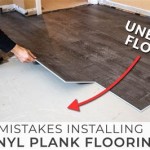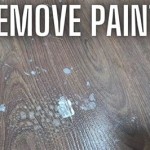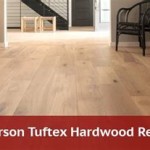Is Particle Board Good For Subfloor? Essential Aspects to Consider
Particle board, also known as chipboard, is a type of engineered wood product made from wood chips, shavings, and other wood particles bonded together with a resin binder. It is commonly used in various construction applications, including subflooring. Understanding the pros and cons of using particle board as a subfloor material is essential for a successful and durable flooring installation.
Advantages of Particle Board as Subfloor
There are several benefits to using particle board as a subfloor:
- Affordability: Particle board is one of the most cost-effective subfloor materials on the market.
- Ease of Installation: Particle board is lightweight and easy to cut and shape, making it convenient for DIY enthusiasts.
- Dimensional Stability: Particle board has relatively high dimensional stability, meaning it is less likely to expand or contract significantly with changes in temperature or humidity.
Disadvantages of Particle Board as Subfloor
However, it's important to be aware of some potential drawbacks of using particle board as a subfloor:
- Moisture Resistance: Particle board is not inherently moisture-resistant, and exposure to water can cause it to swell and deteriorate. Proper waterproofing measures must be taken to prevent moisture damage.
- Load-Bearing Capacity: Particle board has a lower load-bearing capacity compared to other subfloor materials, such as plywood or OSB. It may not be suitable for heavy loads or high-traffic areas.
- Durability: Particle board is less durable than traditional wood subflooring and may be more susceptible to damage from impact or wear.
Factors to Consider When Choosing Particle Board Subfloor
When considering particle board for your subfloor, it's crucial to evaluate the following factors:
- Moisture Levels: Avoid using particle board in moisture-prone areas, such as bathrooms or basements, unless it is specifically treated for moisture resistance.
- Flooring Type: Particle board is suitable for most flooring types, including carpet, vinyl, and laminate. However, it may not be the best choice for hardwood or tile flooring, which require a more rigid subfloor.
- Load Requirements: Determine the intended use of the space and the expected loads on the floor. Particle board may not be appropriate for areas with heavy appliances or frequent heavy foot traffic.
- Underlayment: Use an underlayment between the subfloor and the flooring to provide additional moisture protection and noise reduction.
Conclusion
Particle board can be a viable option for subflooring in certain applications, such as low-moisture environments and areas with light to moderate loads. However, it's important to carefully consider the moisture resistance, load-bearing capacity, and durability limitations of particle board. By understanding the pros and cons and taking appropriate precautions, you can make an informed decision about whether particle board is the right choice for your subfloor.

Subfloor Options Osb Vs Particle Board New Floors Inc

Why Particle Board Subfloors Are Bad Chris Loves Julia

Subfloor Options Osb Vs Particle Board New Floors Inc

Subfloor Options Osb Vs Particle Board New Floors Inc

Why Particle Board Subfloors Are Bad Chris Loves Julia
Can I Use A Particle Board As Subfloor Quora

Why Particle Board Subfloors Are Bad Chris Loves Julia

Particle Board As A Flooring Solution

Which Is Better Plywood Or Chipboard Sub Floor Wood And Beyond Blog

What Is Osb Board Particleboard Vs Welcome To Esshelf
See Also

